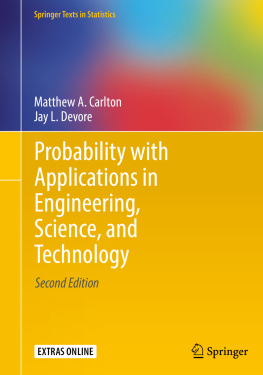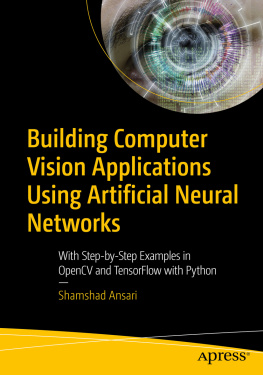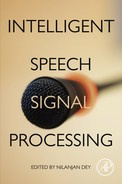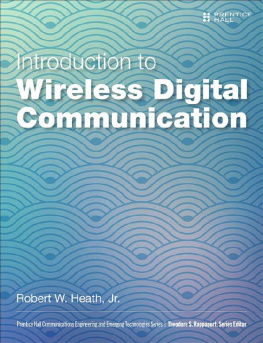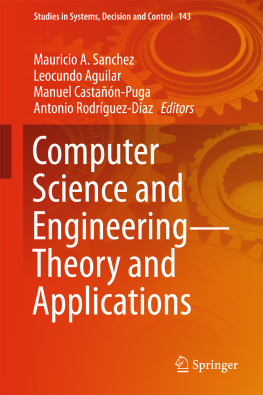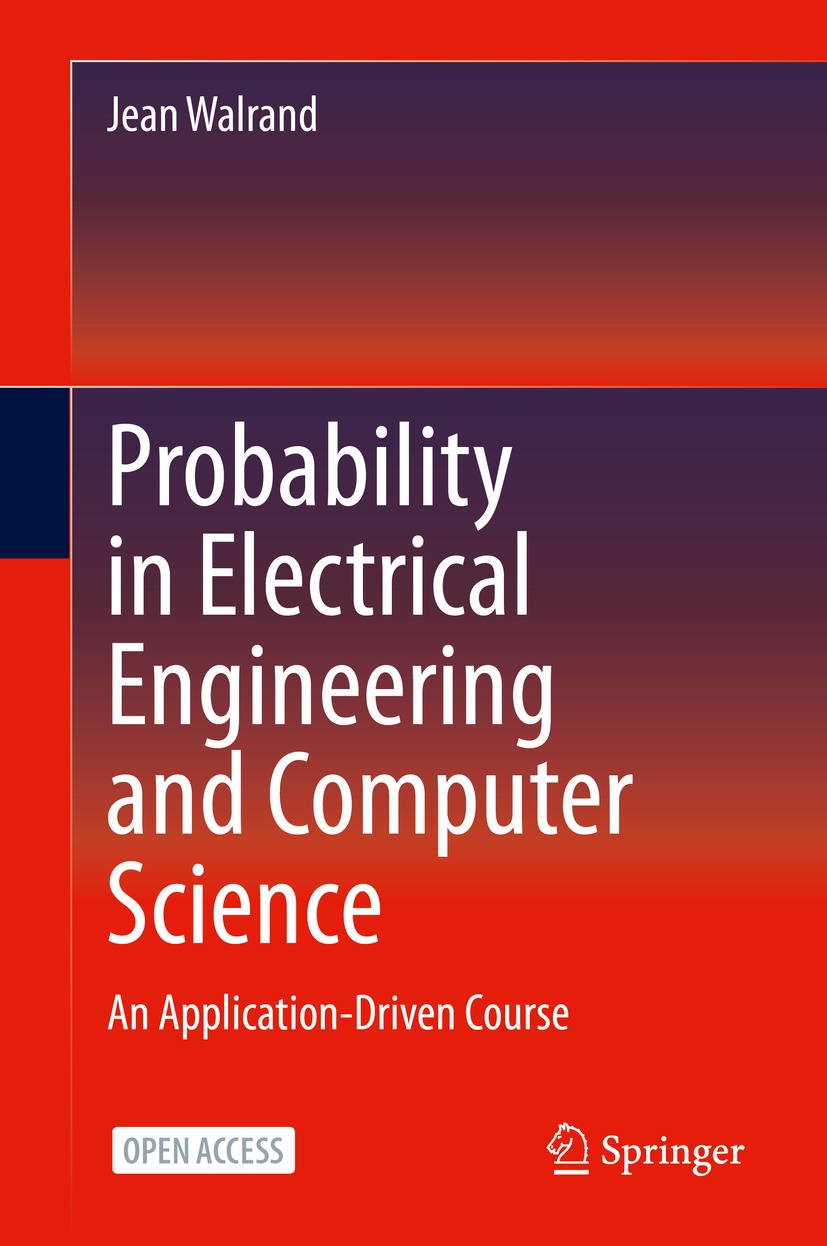Jean Walrand
Department of EECS, University of California, Berkeley, Berkeley, CA, USA
ISBN 978-3-030-49994-5 e-ISBN 978-3-030-49995-2
https://doi.org/10.1007/978-3-030-49995-2
1th edition: 2014
The Editor(s) (if applicable) and The Author(s) 2014, 2021
This book is an open access publication.

Open Access This book is licensed under the terms of the Creative Commons Attribution 4.0 International License ( http://creativecommons.org/licenses/by/4.0/ ), which permits use, sharing, adaptation, distribution and reproduction in any medium or format, as long as you give appropriate credit to the original author(s) and the source, provide a link to the Creative Commons license and indicate if changes were made.
The images or other third party material in this book are included in the book's Creative Commons license, unless indicated otherwise in a credit line to the material. If material is not included in the book's Creative Commons license and your intended use is not permitted by statutory regulation or exceeds the permitted use, you will need to obtain permission directly from the copyright holder.
The use of general descriptive names, registered names, trademarks, service marks, etc. in this publication does not imply, even in the absence of a specific statement, that such names are exempt from the relevant protective laws and regulations and therefore free for general use.
The publisher, the authors and the editors are safe to assume that the advice and information in this book are believed to be true and accurate at the date of publication. Neither the publisher nor the authors or the editors give a warranty, expressed or implied, with respect to the material contained herein or for any errors or omissions that may have been made. The publisher remains neutral with regard to jurisdictional claims in published maps and institutional affiliations.
This Springer imprint is published by the registered company Springer Nature Switzerland AG
The registered company address is: Gewerbestrasse 11, 6330 Cham, Switzerland
To my wife Annie, my daughters Isabelle and Julie, and my grandchildren Melanie and Benjamin, who will probably never read this book.
Preface
This book is about extracting information from noisy data, making decisions that have uncertain consequences, and mitigating the potentially detrimental effects of uncertainty.
Applications of those ideas are prevalent in computer science and electrical engineering: digital communication, GPS, self-driving cars, voice recognition, natural language processing, face recognition, computational biology, medical tests, radar systems, games of chance, investments, data science, machine learning, artificial intelligence, and countless (in a colloquial sense) others.
This material is truly exciting and fun. I hope you will share my enthusiasm for the ideas.

Jean Walrand
Berkeley, CA, USA
April 2020
Introduction
This book is about applications of probability in electrical engineering and computer science. It is not a survey of all the important applications. That would be too ambitious. Rather, the course describes real, important, and representative applications that make use of a fairly wide range of probability concepts and techniques.
Probabilistic modeling and analysis are essential skills for computer scientists and electrical engineers. These skills are as important as calculus and discrete mathematics. The systems that these scientists and engineers use and/or design are complex and operate in an uncertain environment. Understanding and quantifying the impact of this uncertainty is critical to the design of systems.
The book was written for the upper-division course EECS126 Probability in EECS in the Department of Electrical Engineering and Computer Sciences of the University of California, Berkeley. The students have taken an elementary course on probability. They know the concepts of event, probability, conditional probability, Bayes rule, discrete random variables and their expectation. They also have some basic familiarity with matrix operations. The students in this class are smart, hard-working, and interested in clever and sophisticated ideas. After taking this course, the students are familiar with Markov chains, stochastic dynamic programming, detection, and estimation. They have both an intuitive understanding and a working knowledge of these concepts and their methods. Subsequently, many students go on to study artificial intelligence and machine learning. This course provides them with a background that enables them to go beyond blindly using toolboxes.
In contrast to most introductory books on probability, the material is organized by applications. Instead of the usual sequenceprobability space, random variables, expectation, detection, estimation, Markov chainswe start each topic with a concrete, real, and important EECS application. We introduce the theory as it is needed to study the applications. We believe that this approach makes the theory more relevant by demonstrating its usefulness as it is introduced. Moreover, an emphasis is on hands-on projects where the students use Python notebooks available from the book website to simulate and calculate. Our colleagues at Berkeley designed these projects carefully to reinforce the intuitive understanding of the concepts and to prepare the students for their own investigations.
The chapters, except for the last one and the appendices, are divided into two parts: A and B. Parts A contain the key ideas that should be accessible to junior-level students. Parts B contain more difficult aspects of the material. It is possible to teach only the appendices and parts A. This would constitute a good junior-level course. One possible approach is to teach parts A in a first course and parts B in a second course. For a more ambitious course, one may teach parts A, then parts B. It is also possible to teach the chapters in order. The last chapter is a collection of more advanced topics that the reader and instructor can choose from.
The appendices should be useful for most readers. Appendix A discusses the elementary notions of probability on simple examples. Students might benefit from a quick read of this chapter.
Appendix B reviews the basic concepts of probability. Depending on the background of the students, it may be recommended to start the course with a review of that appendix.
The theory starts with models of uncertain quantities. Let us denote such quantities by X and Y. A model enables one to calculate the expected value

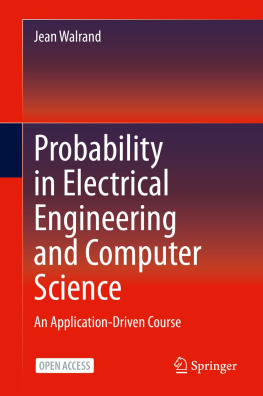

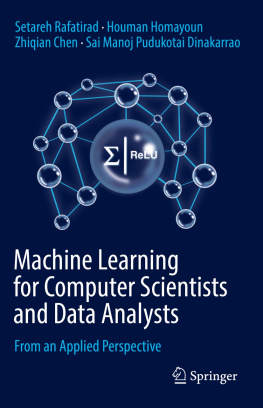
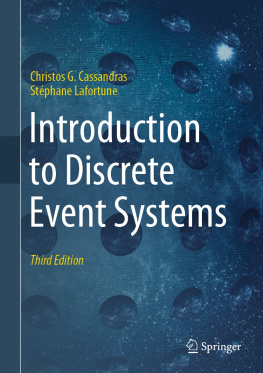

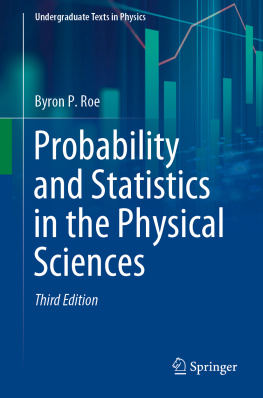
![Dębicki Krzysztof - Queues and Lévy Fluctuation Theory [recurso electrónico] $c](/uploads/posts/book/193156/thumbs/d-bicki-krzysztof-queues-and-l-vy-fluctuation.jpg)
